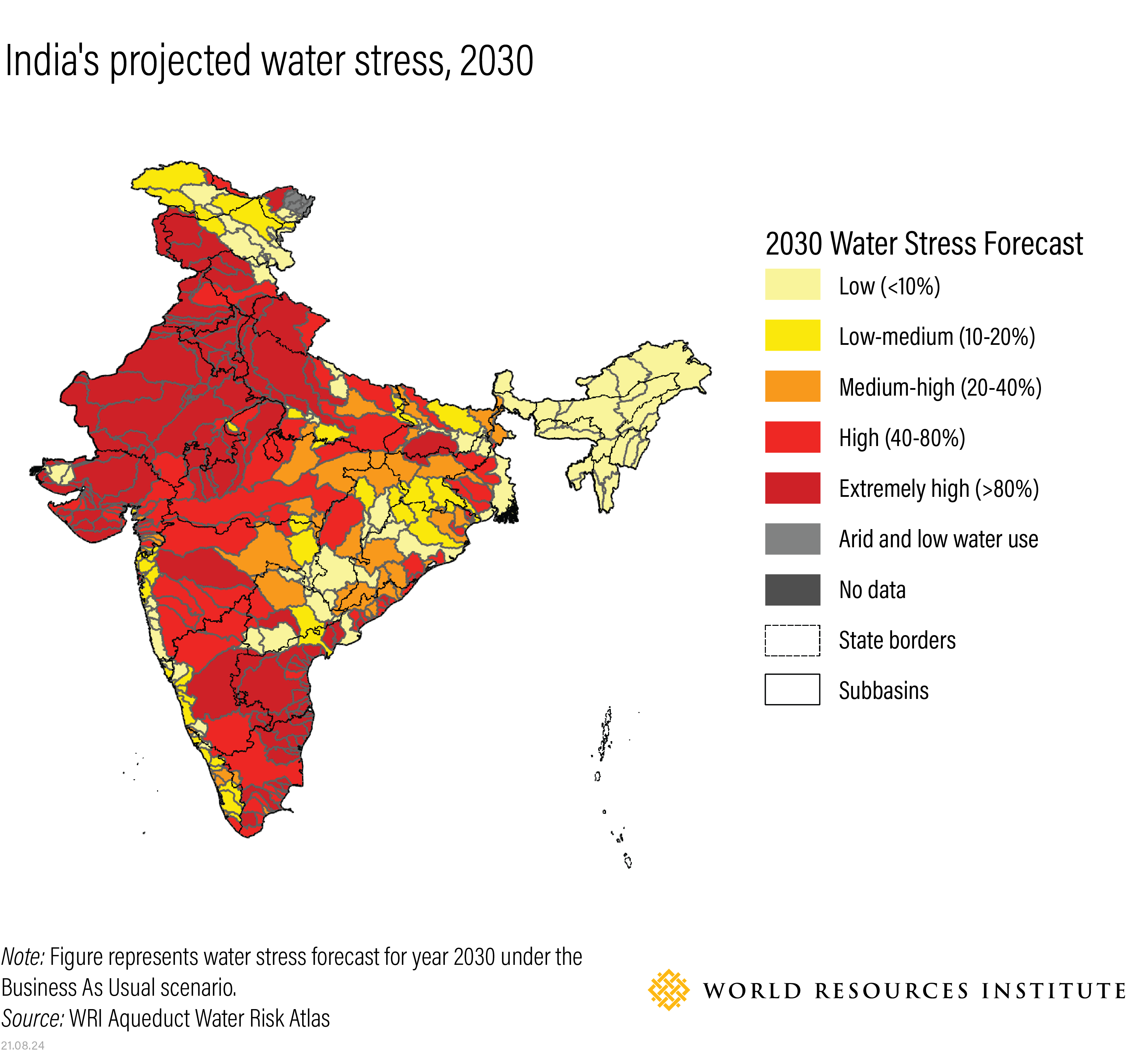
Keywords: Arctic Council, Arctic Governance, Indigenous Peoples, Arctic Monitoring, Sustainable Development, Environmental Protection, Arctic Nations, Climate Change, Conservation, International Cooperation
The Arctic Council is an intergovernmental forum that brings together Arctic nations, Indigenous representatives, and observers to address key environmental, social, and economic issues affecting the Arctic region. Established in 1996, the Council plays a crucial role in promoting cooperation, sustainable development, and environmental protection in one of the world’s most fragile ecosystems.

Members and Structure of the Arctic Council
The Arctic Council consists of three key groups:
Member States: The eight Arctic nations with territories above the Arctic Circle:
- Canada
- Denmark (including Greenland and the Faroe Islands)
- Finland
- Iceland
- Norway
- Russia
- Sweden
- United States
Permanent Participants: Six Indigenous organizations with active decision-making roles:
- Inuit Circumpolar Council
- Saami Council
- Aleut International Association
- Gwich’in Council International
- Arctic Athabaskan Council
- Russian Association of Indigenous Peoples of the North (RAIPON)
Observers: Non-Arctic states, intergovernmental and inter-parliamentary organizations, and non-governmental organizations (NGOs) participate in Council activities without decision-making authority.
Key Programs and Working Groups
The Arctic Council operates through specialized working groups that focus on critical issues:
- Arctic Contaminants Action Program (ACAP): Aims to reduce environmental pollution in the Arctic.
- Arctic Monitoring and Assessment Program (AMAP): Conducts scientific assessments on climate change, pollution, and ecosystem health.
- Conservation of Arctic Flora and Fauna (CAFF): Works on biodiversity protection and sustainable conservation efforts.
- Sustainable Development Working Group (SDWG): Focuses on improving living conditions and economic opportunities for Arctic communities.
- Emergency Prevention, Preparedness, and Response (EPPR): Strengthens disaster response and risk management in the Arctic.
- Protection of the Arctic Marine Environment (PAME): Promotes responsible maritime activities and ocean conservation.
The Role of Indigenous Communities
Indigenous peoples play a central role in Arctic governance through their Permanent Participant status. These organizations advocate for Indigenous rights, traditional knowledge, and sustainable resource management. Their involvement ensures that Arctic policies reflect the needs and perspectives of Indigenous communities who have lived in the region for centuries.
Challenges and Future of the Arctic Council
The Arctic is facing climate change, geopolitical tensions, and resource exploitation, making the Council’s work more critical than ever. As the Arctic continues to warm at twice the global average, international cooperation is essential to protect this unique ecosystem and the livelihoods of its inhabitants.

Through scientific research, policy development, and Indigenous leadership, the Arctic Council remains a cornerstone of Arctic governance, fostering collaboration for a sustainable and resilient Arctic future.
Tags: #ArcticCouncil #IndigenousRights #ArcticConservation #SustainableDevelopment #ClimateAction #EnvironmentalProtection #GlobalCooperation #ArcticGovernance
For more updates on environmental regulations, public health policies, and developments in India's governance, follow Kanishk Social Media for comprehensive and timely coverage of critical issues. If you found this article helpful, share it with others interested in India’s environmental efforts and policy innovations.
















0 Comments